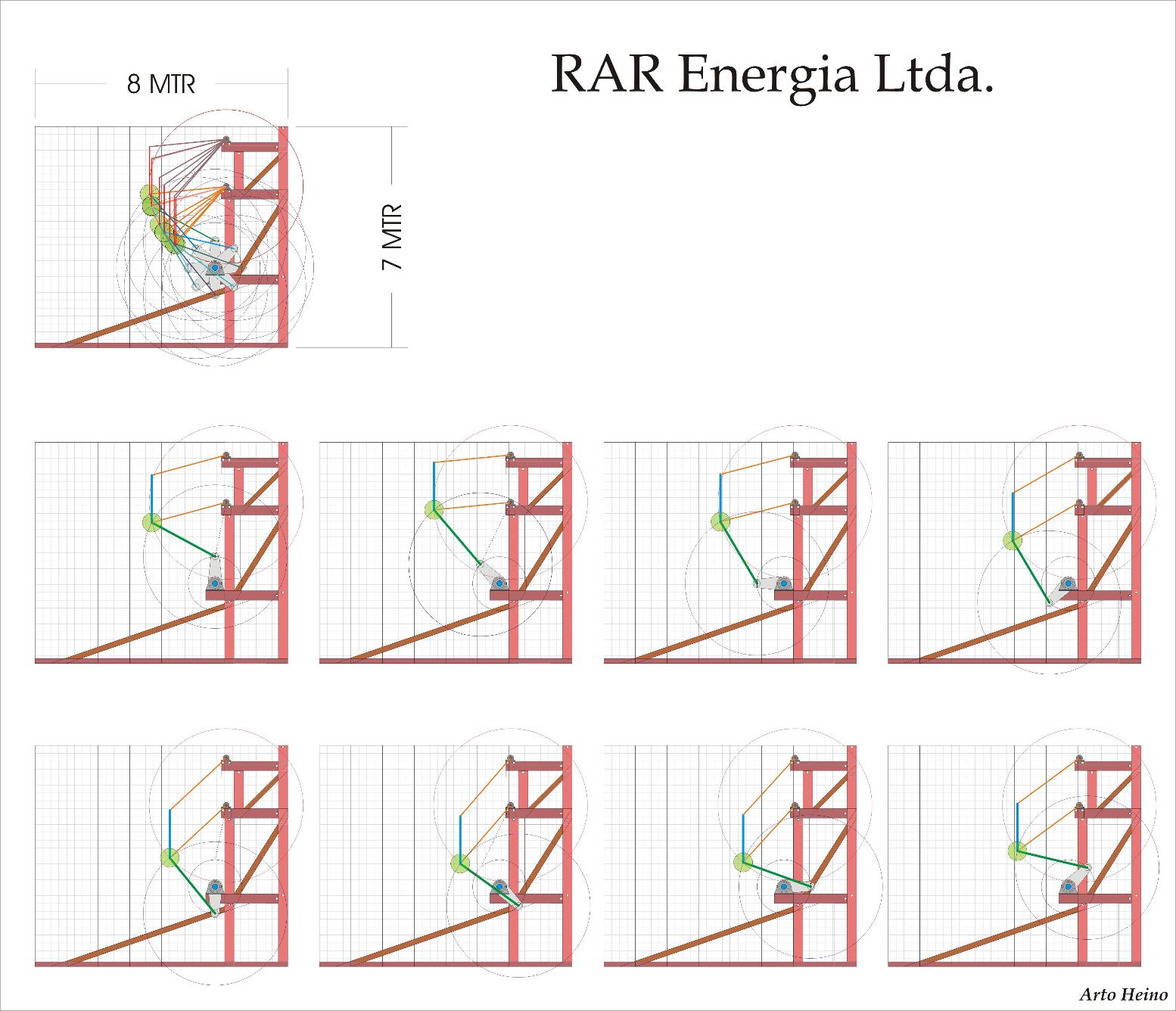Thank You Stevend,
That is some very interesting stuff and the panel of investigators and advisors is quite impressive - even Buzz Aldrin is there
I would be very interested in whether there is anything documented yet in support of propulsion by HFGW other than a "star undergoing asymmetric octupole collapse". That seems a bit dramatic
I am always interested in learning new things
That is some very interesting stuff and the panel of investigators and advisors is quite impressive - even Buzz Aldrin is there

I would be very interested in whether there is anything documented yet in support of propulsion by HFGW other than a "star undergoing asymmetric octupole collapse". That seems a bit dramatic

I am always interested in learning new things









 .
. 



Comment